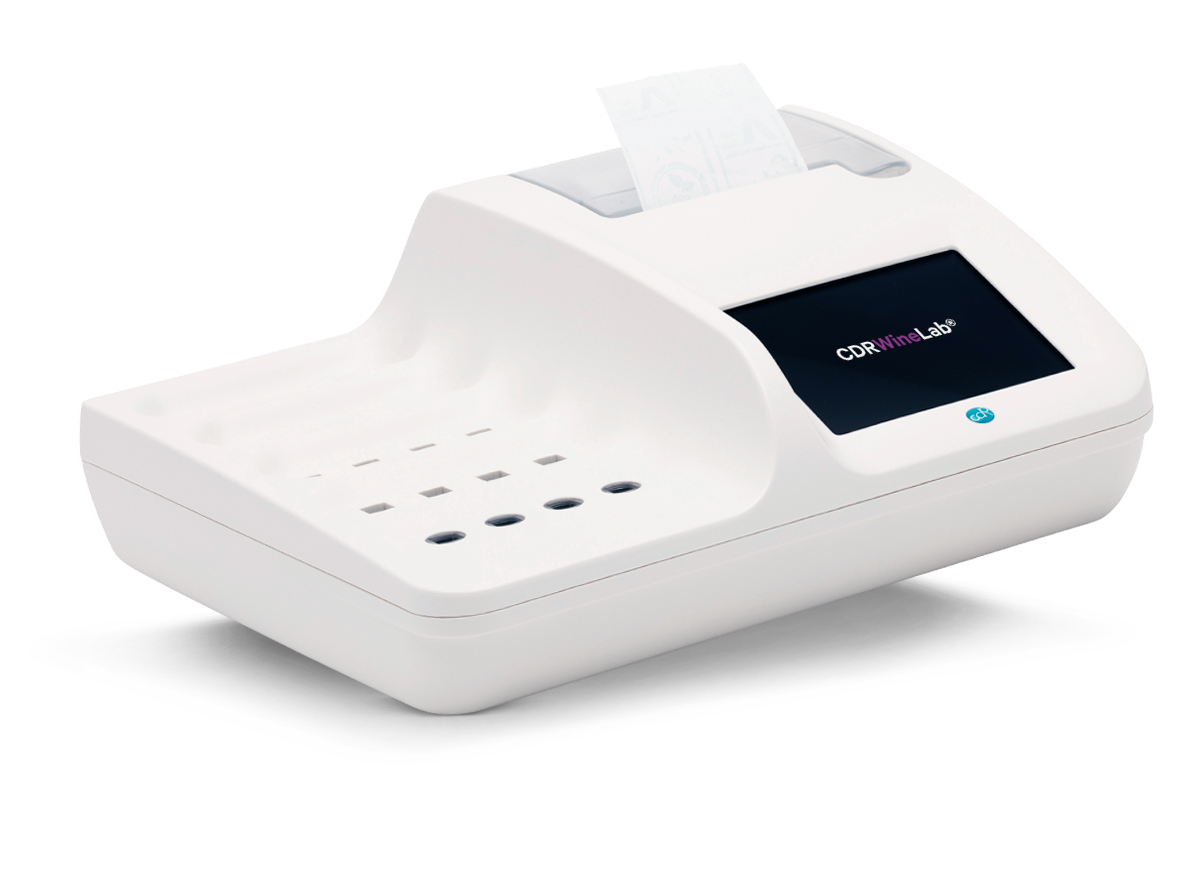Determination of L-Lactic acid in Wine and Must
By analyzing L-Malic acid and L-Lactic acid, it is possible to assess the correct progress of the malolactic fermentation.
Method
Test Principle
L-Lactic acid is oxidized in an alkaline environment through an enzymatic reaction and converted into pyruvate, which is turn produces NADH. The increase of absorbance, measured at 366 nm (end-point), is directly proportional to the concentration of L-Lactic acid in the sample.
...
Calibration curve
The calibration curve of CDR WineLab®, obtained using reference methods, confirms the excellent linearity of the system over the whole testing range.
...
Reagent test Kits
Measuring range
| Analyses | Measuring range | Resolution | Repeatability |
|---|
Analyzers for process and quality control in winemaking
CDR WineLab®
- Complete analysis panel, supplied already configured
- Up to 16 determinations simultaneously
- Possibility of carrying out analyses of the same sample
- Integrated printer
- Full connections (LAN - USB - Bluetooth barcode/QR code reader)
CDR WineLab® Junior
- Partial analysis panel, supplied configured with 3 analyses of your choice, implementable
- Up to 3 determinations simultaneously
- Wireless connection to external printer
- USB connections
